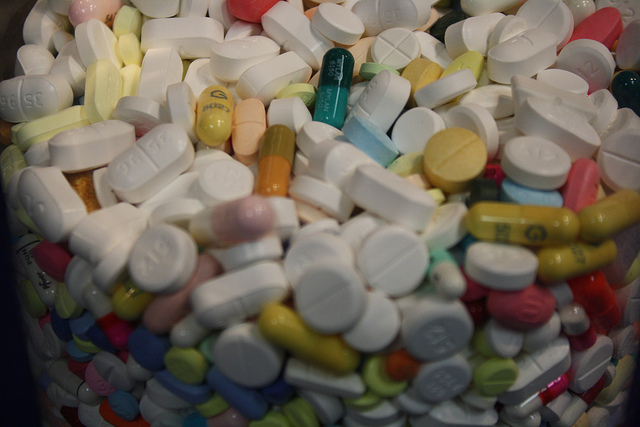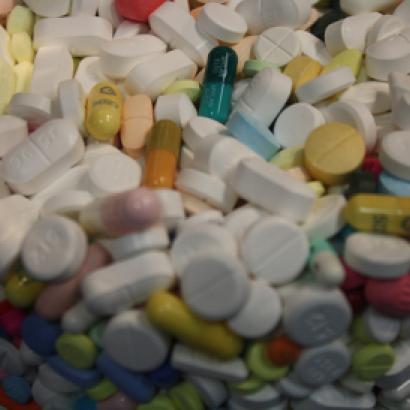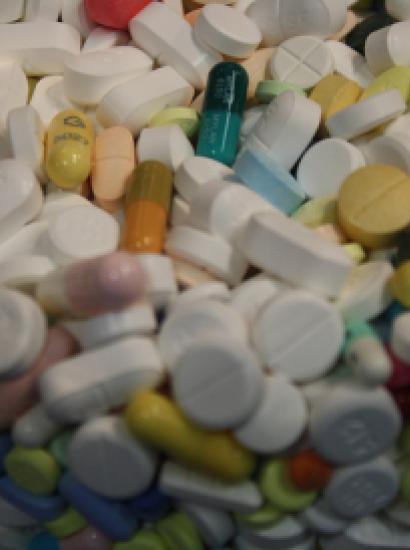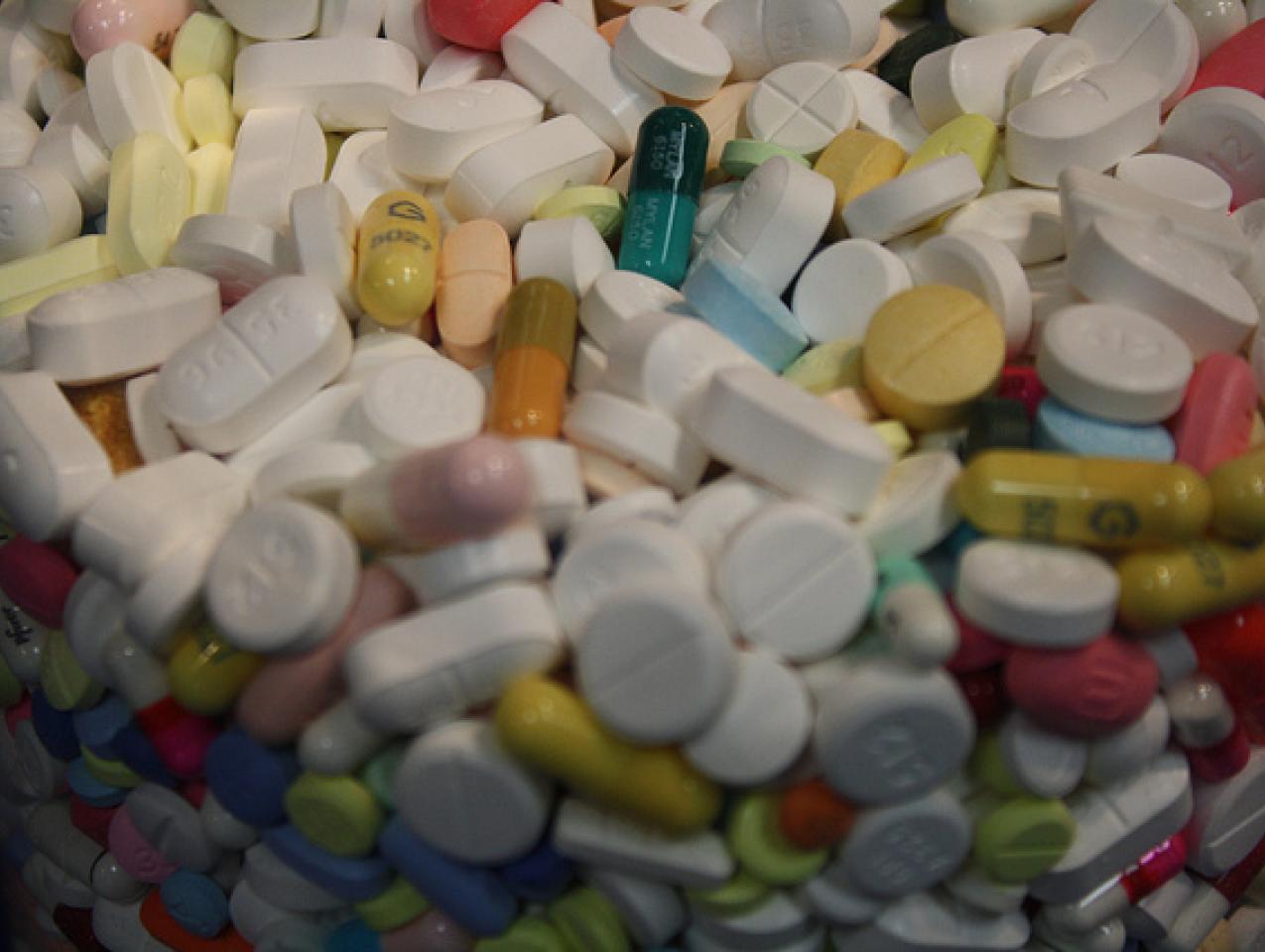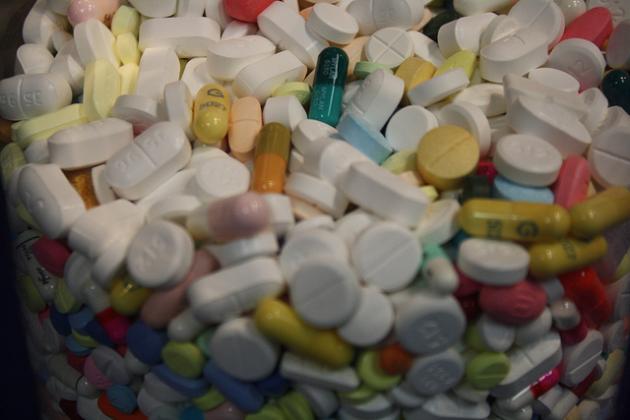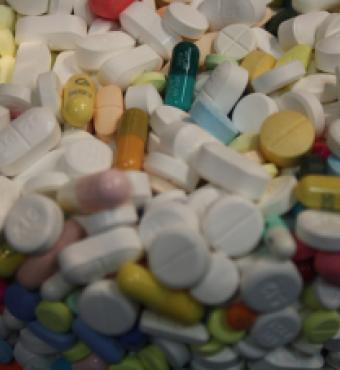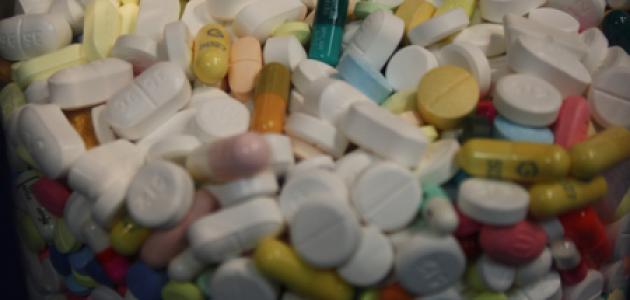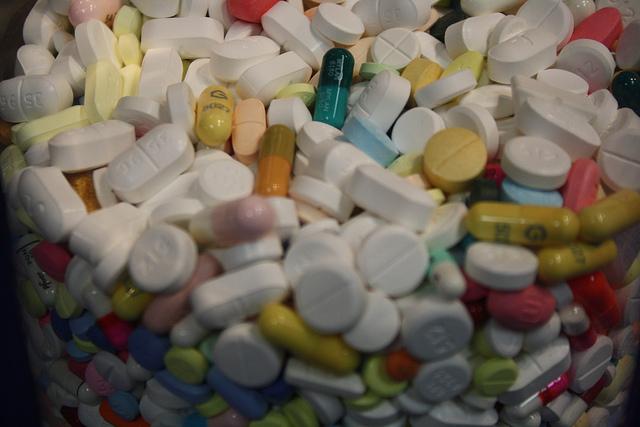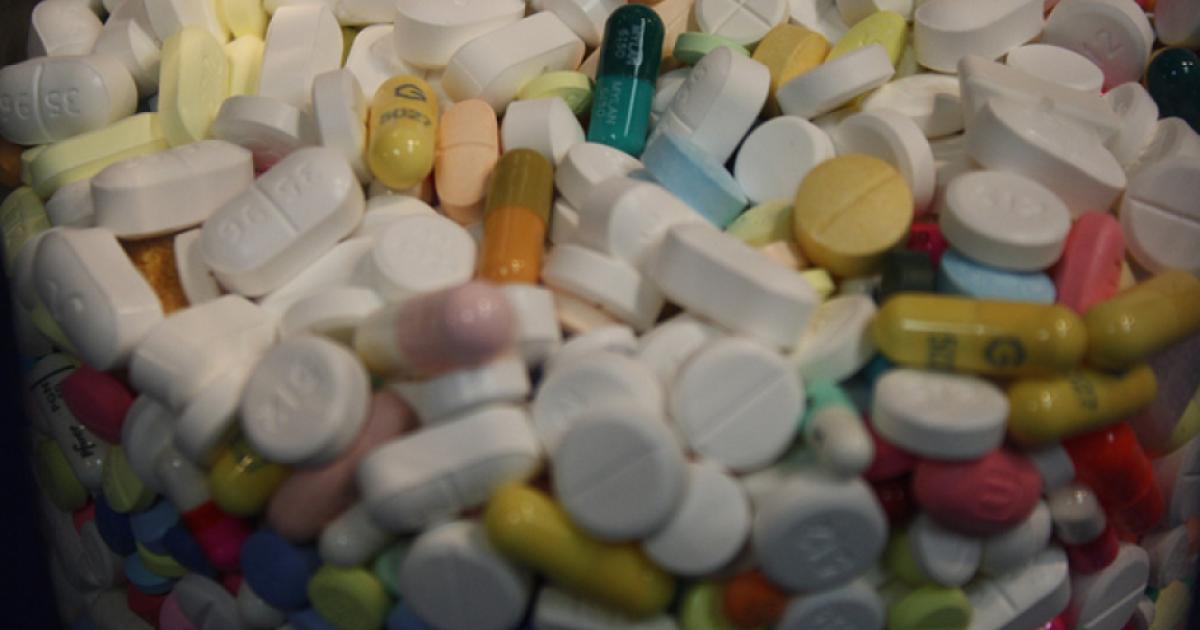- Health Care
When the legislation establishing the pathway for generic drugs to come to market was passed 30 years ago, the class of drugs called “biologicals”—complex molecules derived from living cells, such as vaccines, toxins, antitoxins, antibodies and allergenic products—was inconsequential compared to simpler small molecule drugs. But since 2010, biologicals have represented the majority of new drugs coming to market. Now, they account for more than 20 percent of U.S. drug expenditures, with worldwide sales over $150 billion annually.
In 2009, Congress passed the Biologics Price Competition and Innovation Act (BPCIA), which was supposed to begin the process of creating a pathway for a group of biologicals called “biosimilars” to come to market. Passage of the BPCIA was accompanied by glowing predictions of cost savings. The Congressional Budget Office predicted that biosimilars would reduce total U.S. drug expenditures by $25 billion between 2009 and 2018. That estimate is in line with a Rand Corporation analysis, which predicted that the coming to market of biosimilars woudld lead to a $44.2 billion reduction in direct spending on biologic drugs from 2014 to 2024. Dr. Steve Miller of Express Scripts was far more bullish, estimating that cost savings could be $250 billion by 2024.
The reality is likely to be far less rosy, thanks to FDA’s approach to biologicals. In 2012 the agency announced “an abbreviated pathway that will depend on existing data” for biosimilars; but in order to qualify, there must be “no clinically meaningful differences” from the innovator, or reference, product. That is a high bar—so high, in fact, that for the foreseeable future it is unlikely that the availability of this pathway will change the drug development landscape significantly or put much of a dent in escalating medical costs.
A significant but often overlooked fact is that the FDA’s involvement with biosimilars is not new; over many years, regulators have already approved a small number of them. This experience offers valuable insights into how regulators view biosimilars: Scientific considerations dictated that all of them required a substantial amount of laboratory and clinical testing—a far more elaborate, expensive process than has been required for small-molecule generics. There is no reason to think that the FDA’s approach to such products has changed.
But there is method in the bureaucrats’ madness: It lies in the pedigree and chemical nature of biologicals. Because they are made in living cells–such as bacteria, yeast, or cultured mammalian cells—the choice of cells and purification methods determines the nature and amount of contaminants in the final formulation. Nothing is ever 100 percent pure, but it’s much easier to approach that goal with small molecules. For generic versions of small molecules, the manufacturer must only demonstrate “bioequivalence,” or the absence of significant differences from the innovator drug in its availability at the site of its action (for example, in the blood or GI tract).
A vivid example of the problems with biologicals occurred between 2001 and 2003, when two versions of epoetin alfa, a biological to treat low numbers of red blood cells, were sufficiently different that one of them caused a 30-fold greater frequency of a severe kind of anemia. The drugs were supposed to be the same, but the clinical outcomes were very different.
I encountered another example as a a medical reviewer at the FDA in the 1980s: a completely unexpected side effect occurred during the clinical testing of a new formulation of human growth hormone synthesized in bacteria. (At the time, commercial growth hormone was purified from human pituitary glands obtained from cadavers.) During the first clinical study on healthy volunteers—who, ironically, were senior executives of the drug company—the drug caused extreme pain at the injection site, fever and abnormalities in blood chemistry diagnostic of inflammation.
The problem resulted not from any anomaly in the growth hormone molecule itself but from a low-level contaminant that, when injected into human subjects, stimulated white blood cells to release a substance that caused the abnormal signs and symptoms. Because of the indirect mechanism of its toxicity and its specificity for human cells, the contaminant had been undetectable in the standard, sophisticated screening tests used to assess a drug’s safety, and in studies in animals. The problem only appeared when the drug was injected into humans.
The FDA officials have a long institutional memory and going forward, they will continue to harbor concerns about a repeat of the epoetin alfa or growth hormone anomalies.
A 2011 article in the New England Journal of Medicine by four senior FDA officials offered important insights into the agency’s approach to biosimilars: (1) “Generally, therapeutic proteins must have a specific set of structural features (e.g., amino acid sequence, glycosylation, protein folding) essential to their intended effect, and slight modifications can affect their performance in humans”; (2) “inadvertent chemical modifications can affect their immunogenicity”; (3) “additional animal and clinical studies will generally be needed for protein biosimilars for the foreseeable future”; (4) before regulators can even advise on required animal and human studies, “the FDA should already have completed an in-depth review of comparative analytic characterization and in vitro data”; and (5) “[t]he FDA process for biosimilars must include product-specific safety monitoring” because “pharmaceutical companies will make manufacturing-related changes to biologics periodically throughout their lifecycles, and even small changes could affect safety or efficacy.”
The bottom line is that clinical trials—which may need to be large in order to achieve sufficient statistical power—will generally be required to demonstrate the efficacy and especially the safety of biosimilars before FDA approves them.
Interestingly, in July the drug company Sandoz filed the first application for a biological via the new biosimilar pathway. Called Zarzio, it is a follow-on version of Amgen’s Neupogen, which stimulates the bone marrow to produce infection-fighting white blood cells when their numbers have been reduced by cancer chemotherapy. It will be informative to see how much testing FDA requires for this product, which boasts significant post-marketing, real-world clinical data outside the United States: It has been marketed in more than 40 countries, which has generated nearly six million patient-exposure days of experience. FDA might not consider this to be equal to the gold standard of data from well-controlled clinical trials, but it should weigh heavily in Zarzio’s favor in establishing that there are “no clinically meaningful differences” from Neupogen.
A second application for approval via the biosimilars pathway was filed in August by a South Korean company, Celltrion, for its biosimilar of Johnson & Johnson and Merck’s anti-inflammatory blockbuster Remicade. The company said that after prior consultation with the FDA, it conducted additional clinical trials—which started in October 2013 and lasted six months—to show that their product meets the criteria for approval. How extensive those trials were has not yet been made public.
In the future, new analytical methods will facilitate the development, manufacture, and regulatory approval of biosimilars. For example, a research article by FDA scientists published in 2013 showed that small segments of DNA-like molecules called aptamers can be used to detect extremely subtle changes in proteins. This technique can be useful in the development of biosimilars to provide information about subtle but critical differences in purity, biological activity, and the ability to elicit an immunological response between the innovator product and the biosimilar. But such scientific advances will need to undergo extensive validation studies before they can be considered a reliable predictor of effects in vivo and reduce or eliminate the need for clinical data.
The bottom line is that most follow-on versions of an approved biological product will be regarded by regulators as, in effect, a completely new and distinct drug, requiring clinical trials and making development costs far higher than if they were treated like small-molecule generics. As a result, for the foreseeable future, savings to federal entitlement programs, insurers and patients will surely be much more modest than some of the hyperbolic predictions made by politicians and others.







